PRODUCT DESCRIPTION
The versatility of these materials allows for their application in various contexts, with nitrite, calcium nitrate additive, and calcium nitrate, nitrite, and chloride additive specifically designed as additives. Among the American-produced additives based on calcium nitrite, carbamide has successfully resulted in regions with relatively mild weather conditions and concrete temperatures above -10 degrees Celsius. While this antifreeze admixture promotes a smooth and uniform concrete mixture, it does not significantly accelerate the hardening process. Urea, one of the components of CNNU or CCNNU (mixtures of urea with nitrite, calcium nitrate, or chloride, nitrite, calcium nitrate), has been employed in this regard.
Each combined antifreeze admixture has its specific range of applications and associated benefits, enabling efficient performance across a wide temperature spectrum. By lowering the freezing point of water, antifreeze admixtures require a consumption amount proportional to the mixed water’s weight. This consumption amount varies depending on the water-to-cement ratio. When calculating the consumption of antifreeze, similar to concrete plasticizers, based on the cement ratio, a higher water-to-cement ratio leads to a lower concentration in the solution, affecting the hardening rate below freezing temperatures. However, such concerns are alleviated when determining the antifreeze admixture quantity based on the water weight in the mixture. Consequently, all relevant tables provide the amount of antifreeze admixture based on the required water content in the mixture, following the common practice for liquid additives.
For comparative purposes with other admixtures, the amount of antifreeze used can be calculated based on the cement quantity in the mixture instead of water. In such cases, an average water-to-cement ratio of 0.5 can be assumed.
Features
- Prevent concrete from freezing
- Not using materials containing chloride in the additive composition
- Increasing the initial strength of concrete
- Accelerating the hydration process
Applications
- This type of admixture can be used in cold areas or during concreting in winter.
Packaging
- –
Colour
- Yellowish
technical specifications
|
color |
yellowish |
|
Physical basis |
liquid |
| density |
1.25-1.28 Kg/L |
|
Shelf Time |
12 months |
| Chloride |
No |
- Familiarize Yourself with Product Properties: Understand the characteristics of LAF™ code.
- Consider Cold Weather and Low-Temperature Conditions: Plan concreting in cold environments.
- Optimize Concrete Mixture Uniformity: Ensure a consistent and homogeneous mix with LAF™ code.
- Assess Project-Specific Requirements: Tailor LAF™ code dosage based on project needs.
- Verify Compatibility with Other Admixtures: Check if the LAF™ code works well with other additives.
- Consider Environmental Impact: Prioritize sustainable options and eco-friendly practices.
- Collaborate with Suppliers and Contractors: Maintain communication for seamless integration.
- Stay Updated with Industry Standards and Best Practices: Stay informed on guidelines for cold weather concreting and antifreeze admixtures.
- Understand Product Application: Familiarize yourself with how to use LAF™ code correctly.
- Follow Manufacturer Guidelines: Adhere to recommended dosage rates for the LAF™ code.
- Test Compatibility and Performance: Ensure LAF™ code works well with other materials and performs as expected.
- Monitor Weather Conditions: Stay updated on weather forecasts and adjust LAF™ code dosage accordingly.
- Implement Quality Control Measures: Establish procedures to maintain concrete quality and consistency.
- Ensure Proper Concrete Curing: Pay attention to curing methods for LAF™ code in cold weather.
- Collaborate with Engineers and Designers: Maintain clear communication on project requirements.
- Prioritize Safety Measures: Take precautions when handling LAF™ code materials.
- Document and Record: Keep detailed records of LAF™ code usage and performance data.
- Stay Informed on Industry Updates: Stay updated on advancements in cold weather concreting.
- dosage of 1% of the cement weight. Multiply the cement weight by 0.01 to determine the required amount of LAF™ code.
- Prepare Mixing Container: Select a suitable container for mixing the LAF™ code with other concrete ingredients. Ensure the container is clean and free from any contaminants.
- Add LAF™ Code: Pour the calculated quantity of LAF™ code into the mixing container. Take care to measure accurately to achieve the desired dosage.
- Mix with Water: Add a small amount of water to the mixing container containing the LAF™ code. Mix thoroughly to create a homogeneous solution.
- Combine with Concrete Ingredients: Once the LAF™ code and water are well-mixed, add the remaining concrete ingredients, including cement, aggregates, and other admixtures, to the mixing container.
- Mix Thoroughly: Use appropriate mixing equipment, such as a concrete or mechanical mixer, to thoroughly blend the concrete mixture. Ensure that all components are evenly distributed and that the LAF™ code is uniformly dispersed.
- Check Consistency: Evaluate the consistency of the concrete mixture. Adjust the water content or add additional LAF™ code to achieve the desired workability and slump.
- Monitor Mixing Time: Follow standard mixing guidelines and mix the concrete for the recommended duration to ensure proper integration of all ingredients, including LAF™ code.
- Apply Concrete: Once the concrete is mixed thoroughly, promptly apply it to the designated area or formwork following standard concrete placement practices.
- Training and Familiarization: Ensure personnel are trained and familiar with the LAF™ code.
- Raw Material Inspection: Check LAF™ code for quality and adherence to storage conditions.
- Dosage Verification: Confirm LAF™ code dosage aligns with project requirements.
- Compatibility Testing: Test LAF™ code compatibility with other admixtures and materials.
- Concrete Sample Collection: Collect representative samples throughout the project.
- Concrete Testing: Perform various tests on concrete samples.
- Documentation and Record-Keeping: Maintain comprehensive records of quality control activities.
- Calibration and Maintenance: Regularly calibrate and maintain testing equipment.
- Analysis and Feedback: Analyze data and provide feedback for improvement.
- Continuous Improvement: Review and enhance quality control procedures.
technical documents
Photo Gallery
Technical documentation request



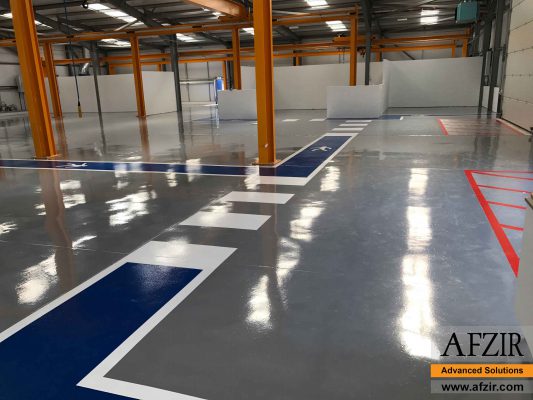
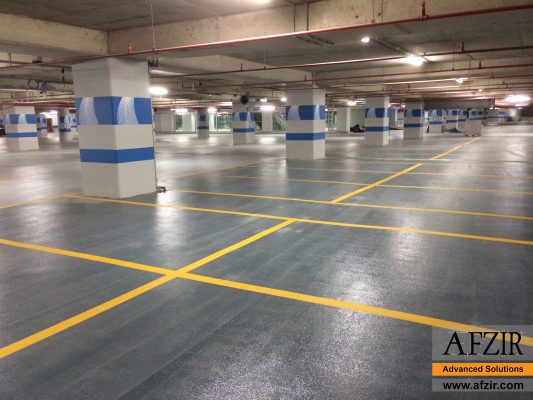









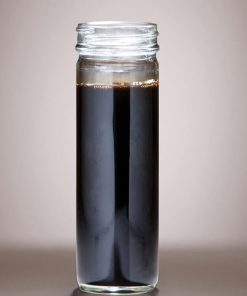

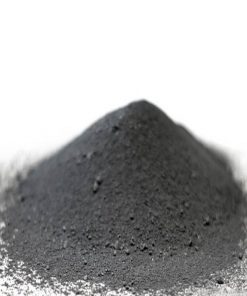
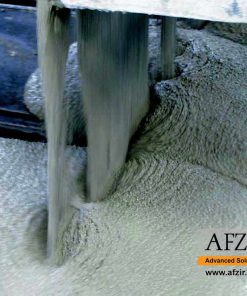

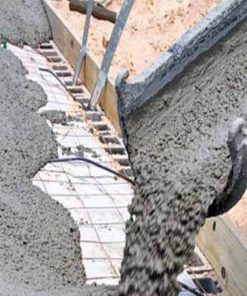

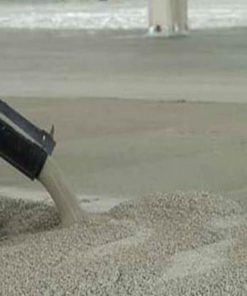
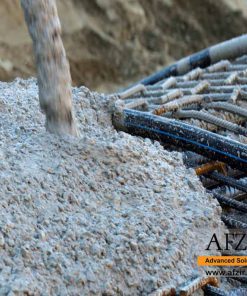




Be the first to review “Liquid Form Antifreeze”